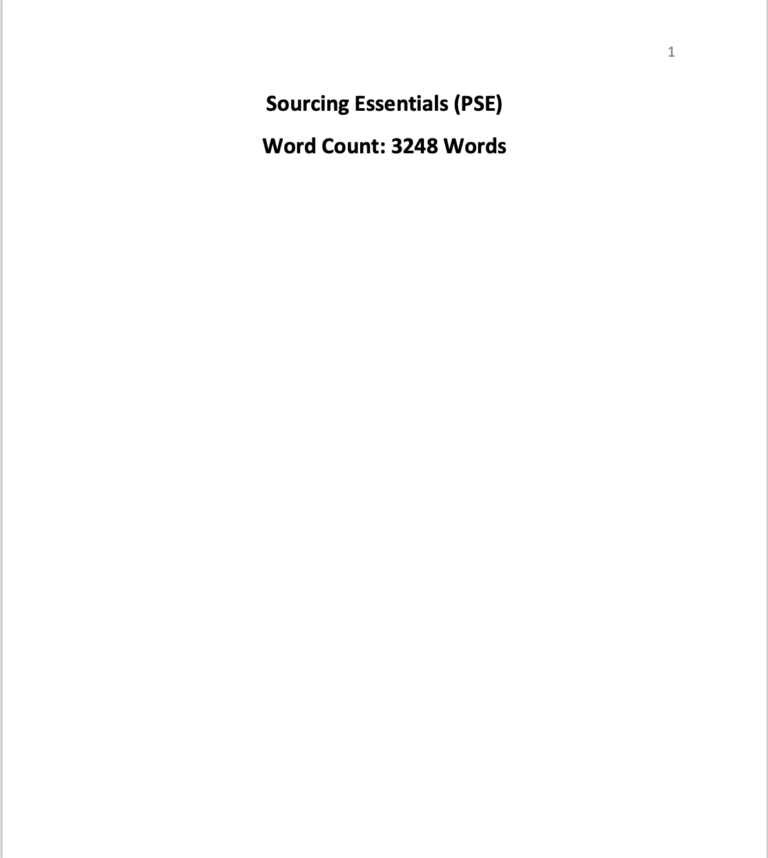Description
Solution
Conclusion
In particular, this report identifies the key marketing challenges faced by Proximie, including, differentiation in a competitive market, gaining market penetration in diverse economic contexts, and compliance with regulatory environments. A unique solution approach to these challenges through a Regionalised Marketing Strategy is proposed, leveraging regional insights and strategic partnerships to develop tailored, localised marketing strategies. With a view to improve its branding, building trust in a variety of healthcare ecosystems, and achieve sustainable growth, Proximie can implement this strategy. In the end, the importance of the Regionalised Marketing Strategy lays in its ability to help position Proximie in the digital healthcare landscape, and ensure the company fulfils its aim of democratising surgical expertise worldwide.
Please click herein to access this project in full
Related Papers
(Solution) CIPD New 5LD03- Facilitate Structured Learning and Development Activities for Groups
(Solution) 7HR01 Question 2 (AC 2.2) how the current labour market and organisational strategy impacts the management of employment relations within the organisation
(Solution) 3CO02 Principles of analytics Learner Assessment Brief Assessment ID / CIPD_3CO02_23_01
(Solution) CIPS PIN Effective Negotiation ROSHN Syndicate Cohort 1
- Ensure that supplier evaluations reflect Vision 2030 by using innovation, sustainability, and sound supplier financials.
- Prepare a detailed risk management plan on sourcing with special reference to using alternate sources as well as pre-screened backups to replace regular suppliers.
- Improve contact with negative factors that affect company regulations.
- Evaluate the factors prevailing in the market to get better negotiation power from the supplier.
- Increase specific characteristics, for example, supplier reliability which contain qualitative elements.
(Solution) CIPS Sourcing Essentials Assessment
- In this assessment, sourcing approaches have been identified and holistically reviewed. This is in line with RCU organisation IT spend category. This is further compared with payment services, document management category which is office suppliers and postal services.
- For evaluating the identified spend categories, various tools have been selected which are Kraljic Analysis Tool, Mendelow’s Analysis Tool for Stakeholder analysis and the Maslow Hierarchy of needs.
- Further, by using the SWOT analysis, the internal and external factors of the sourcing have been selected. A further analysis by use of Peter Block Grid’s has been applied to evaluate the interests of stakeholders to source appropriate position.
- The findings indicate that RCU adopts the best sourcing approach based on their needs.
- Finally, by using Carter’s 10Cs model, the best practice for pursuing suppliers appraisal has been provided for IT spend category.



